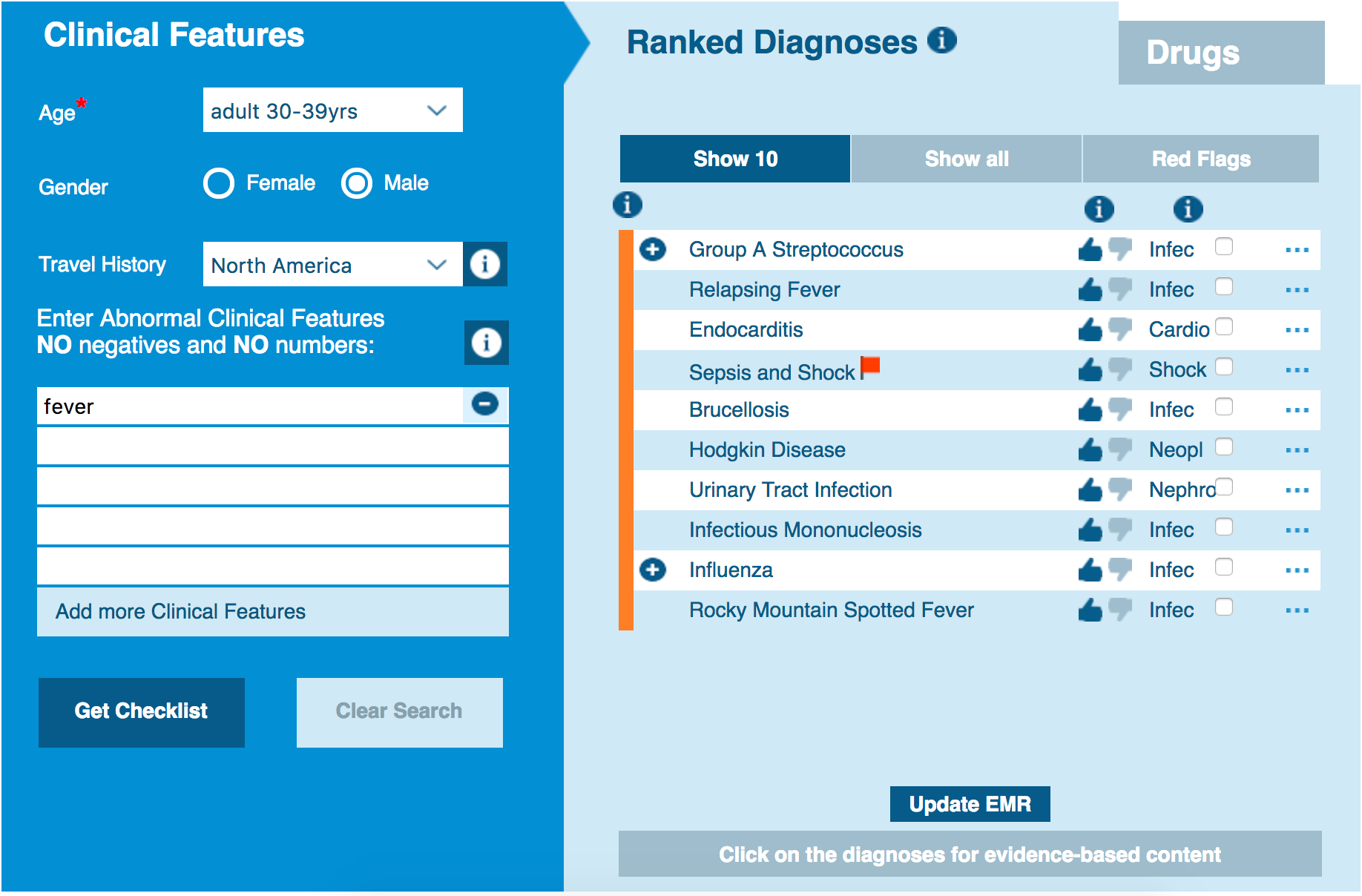Intermittent Low Grade Fever In Adults
Colds and coughs stomach symptoms bladder infections rashes and more. Sustained fever is a pattern in which there is little change 03C or less in the elevated temperature during a 24-hour period.

Watch Out For Winter Germs Pa Promise For Children Cold Medication Lower Respiratory Tract Infection Chronic Lung Disease
A salmon-colored rash appears across the body.

Intermittent low grade fever in adults. Chronic fatigue syndrome -- also known as CFS or myalgic encephalomyelitis -- is a medical condition characterized by persistent fatigue poor quality sleep migrating muscle and joint aches headaches and a low-grade fever 4. This is called a low grade fever. Colds in particular can cause a low-grade fever that lasts more than a few days.
Diagnosis of intermittent fever is frequently based on the clinical history but some biological tests like complete blood. A high grade fever happens when your body temperature is. A fever is your bodys natural response to many common illnesses such as.
Recurrent fevers keep happening and coming back over time. Some of the symptoms that indicate a life-threatening condition include. Board-certified doctor 247 in less than one minute for common issues such as.
This type of fever usually occurs during the course of an infectious disease. A mildmoderate fever or common fever is a body temperature above 383 C101 F but less than 40 C104 F. Intermittent fever is a type or pattern of fever in which there is an interval where temperature is elevated for several hours followed by an interval when temperature drops back to normal.
A body temperature equal to or above 40 C104 F is considered as high with temperatures exceeding 41 C 106 F referred to as very highextreme. You can find out if you have a fever by using a thermometer to take your temperature. Treatment typically includes symptomatic therapy for aches and pains rest and a low-intensity exercise program.
Hyperpyrexia is a fever higher than 1067. Learn about the possible causes and treatments here. A low-grade fever is an elevation in the body temperature above the norm but is usually below 383 C101 F.
However although uncommon besides an infection there are a number of other causes for a prolonged low-grade fever. It can also occur as a side effect of some medications. Some of the symptoms associated with it include burning sensation while urinating frequent urge to urinate and dark urine.
Fever can strike daily for a few hours usually in late afternoon or early evening and last up to a week. A persistent low grade fever is when a persons temperature remains between 1004F and 1022F for more than two weeks. Laura Porter Verywell.
Video chat with a US. In relapsing fever a variant of the intermittent pattern fever spikes are separated by days or weeks of intervening normal temperature. If you have a recurrent fever it lasts for a few days gets better goes away and then comes back after a period of time when you felt healthy.
A low-grade fever may happen due to several reasons in adults and children such as due to specific infections long term diseases or due to some treatments which may weaken your immune system like cancer therapies. Adults typically have a fever if their body temperature increases to 1004F 38C. Fevers though uncomfortable play a key role.
A temperature of 996 F to 1003 F is considered a low-grade fever. Other Possible Causes of a Low Grade Fever. Other symptoms of a cold include.
For the past two years I have had a low-grade fever from 99 to 100 degrees accompanied by a severe exhaustion. Although not diagnostic at times fever curves can be suggestive. A low-grade fever may sometimes indicate an unknown urinary tract infection in both adults and children.
What causes a fever. These include but are not limited to. You may feel warm cold or shivery.
Stuffy or runny nose. Again as mentioned above in most cases a low-grade fever is not concerning. Low-grade fevers may not require treatment if other symptoms are absent.
During this two year period I have had two respites from the symptoms -- one lasting about three weeks and the other for two weeks. A fever is usually when your body temperature is 378C or higher. A high-grade fever is greater than 103 F.
This condition starts in the late morning and continues to around 400 or 500 pm. Get prescriptions or refills through a video chat if the doctor. According to the Centers for Disease Control CDC a person has a fever when they have a temperature of 1004 F or greater.
A classic fever is also usually linked to an infection or virus. Your normal body temperature is approximately 37C. A urinary tract infection is caused by bacteria that multiply anywhere in the urinary tract.
A low-grade fever is often classified as an oral temperature that is above 986 F 37 C but lower than 1004 F 38 C for a period of 24 hours1 A fever of 103 or higher is more concerning in adults. Self-care measures such as rest and drinking fluids may be enough. A low-grade fever may also occur following immunizations during teething or as a symptom of cancer or inflammatory and autoimmune conditions.

Persistent Low Grade Fever In Kids And Adults Causes And Treatme

Types Of Fever Differential Diagnosis Isabel Healthcare

My Experience With Low Grade Fevers And Rheumatoid Arthritis Even A Low Fever Can Make People With Rheumato Rheumatoid Arthritis Arthritis Treatment Arthritis